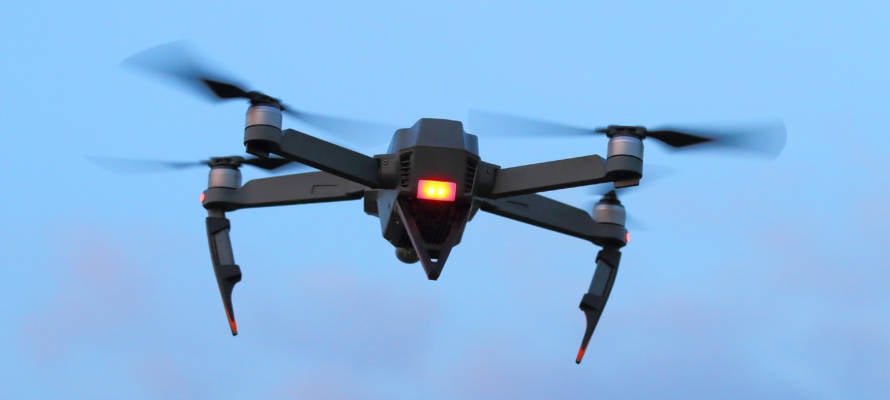Loitering drones are expected to play a ‘significant role’ in future wars, the CNAS report noted.
By JNS
Israel has been the world’s top supplier of loitering munitions, otherwise known as kamikaze drones, for the past 28 years, according to a new study.
The Center for a New American Security (CNAS) released its Drone Proliferation Dataset, which tracks global transfers of military-grade aerial drones, on Sept. 10.
Israel led with 22 munitions transfers between the years 1995-2023. It was followed by Iran (17), the United States (6) and Poland (4).
“Despite the technology being introduced in the late 1980s, loitering munitions only gained significant international interest after Azerbaijan’s successful use of these weapons in the 2020 Nagorno-Karabakh War,” noted the report’s author, Molly Campbell, a research assistant for CNAS’s Defense Program.
Loitierng drones are expected to play a “significant role” in future wars, the report noted; “the sale of loitering munitions (kamikaze drones) has accelerated and will likely continue to grow.”
However, although Israel has been the lead supplier of such drones, it’s not clear it will maintain that position.
“The days of Israeli and American domination of the drone market are long gone. China, Turkey, and Iran have developed low-cost military drones and are willing to sell them to interested buyers,” the report noted.
Turkey leads the group of armed drone suppliers with 47 between 1995-2023. “In 2022, six new countries acquired military drones, all of which were armed Bayraktar TB2 drones from Turkey,” according to CNAS.
In armed drone transfers, Turkey is followed by China (34), the United States (12) and Iran (8).
Iran supplies its drone systems to authoritarian regimes, such as Russia and Tajikistan, and terrorist groups Hezbollah, the Houthis and Palestinian Islamic Jihad.
During the period under review (1995-2023), the report identified a total of 633 drone “transfers”—defined as completed and ongoing foreign military sales, direct commercial sales, leases, gifts and secondary proliferation.
Broken down by region, roughly 40% of transfers went to the European theater. The Middle East accounted for 134 transfers.
Africa has seen a sharp spike since 2020. From 1995 to 2019, the continent counted roughly two transfers a year. From January 2020 to September 2023, the average increased to nearly 13 transfers a year.
